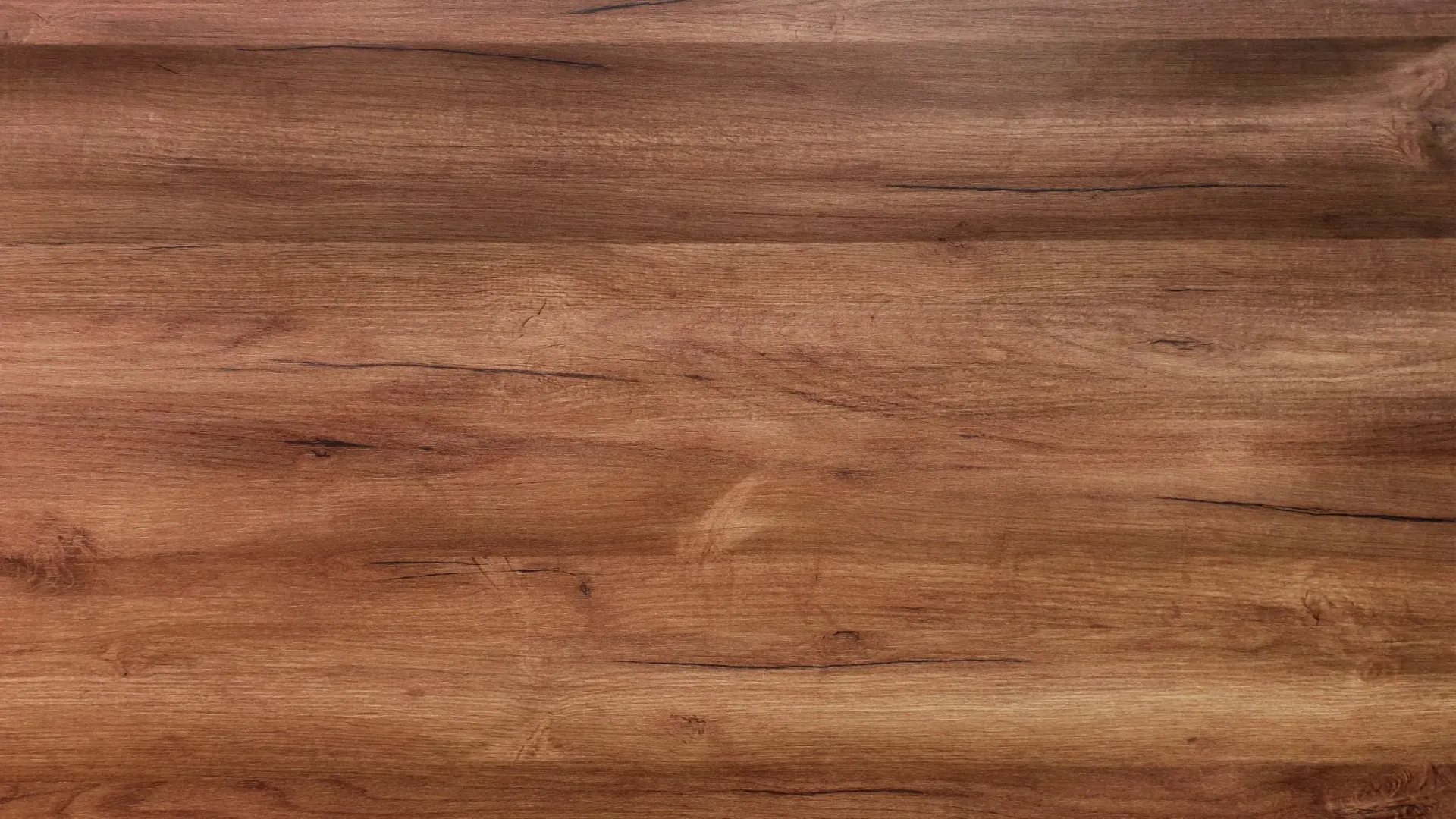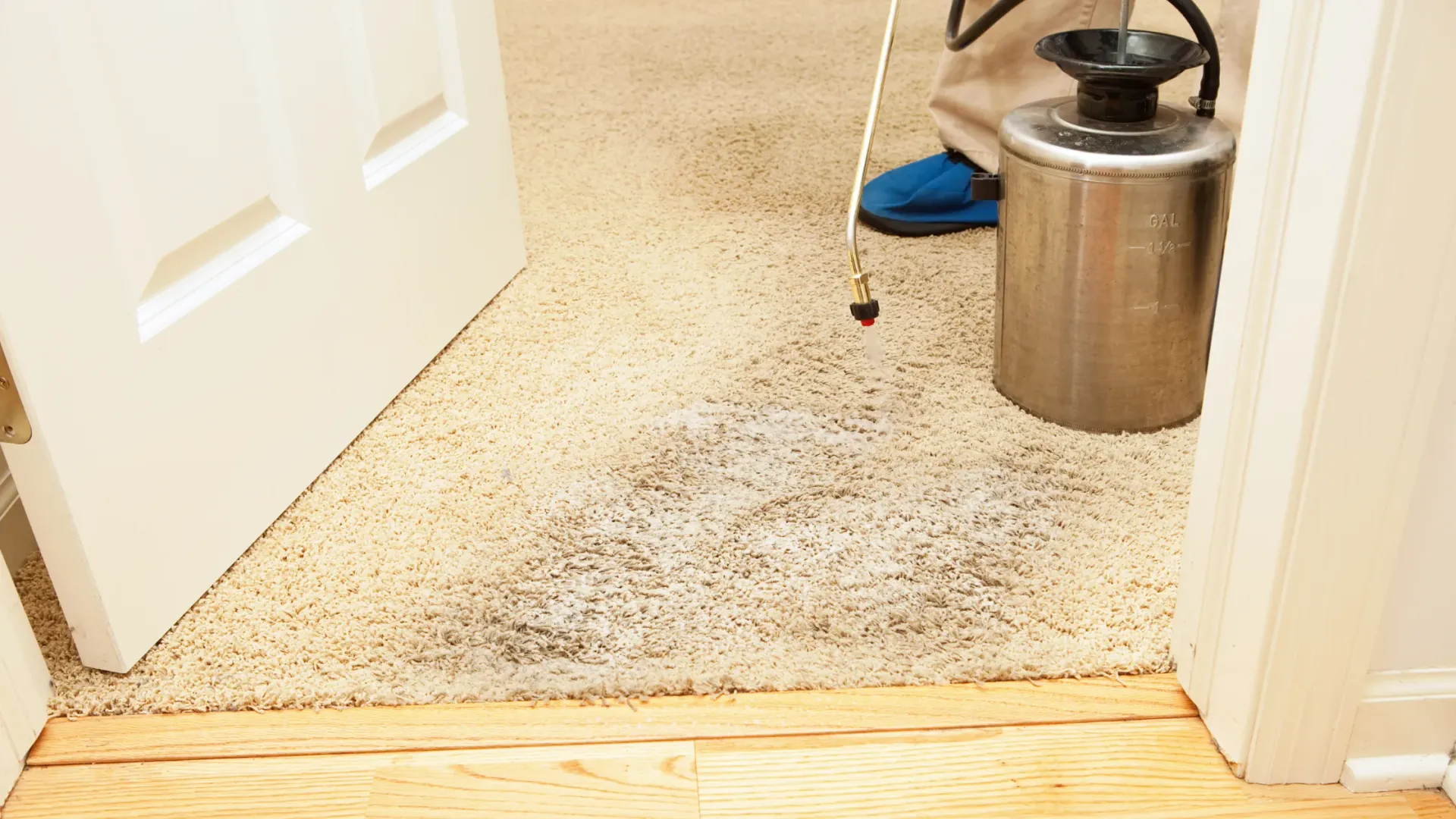How Do You Handle Carpet Seam Repairs?
The Importance of Maintaining Carpet Seams
Carpet seams are the often-understated heroes of a well-laid carpet. They are the invisible lines where two pieces of carpet are joined, usually found in rooms with dimensions that exceed the width of a carpet roll. It is essential to keep these seams tightly joined and secure to prevent fraying, lifting, and visible wear, which can detract from the overall look of your floor covering.
Frequent use, shifting furniture, or even the simple passage of time can cause strain on these seams, leading to damage. While it can be tempting to ignore small separations or fraying, they are the early warning signs that, if ignored, can lead to more extensive problems that might necessitate costly professional repairs or a complete carpet replacement.
Understanding Carpet Seams
Before you can repair a carpet seam, you must understand what kind of seam you're dealing with. Different carpet installations involve various seam types, each with subtle differences in their construction and how they should be repaired.
1. Invisible Seam: Often found in high-quality carpets, the invisible seam is created by precisely aligning the edges of the carpet and using a special technique to interweave the fibers. This technique creates a near-imperceptible seam, hence its name.
2. Tape Seam: This is a more common, simple seam created by double-sided adhesive tapes that hold the carpet pieces together. It's visible but less conspicuous when laid in the center of a room.
3. Glued Seam: The least common but most robust type, glued seams are created by an adhesive, providing a long-lasting bond. However, they require professional installation and repair.
Each of these seams requires a different approach to repair, with some being more DIY-friendly than others. Let's move on to the methods you can use to address seam damage at home.
DIY Carpet Seam Repair Methods
Small to medium carpet seam issues can often be handled effectively with a few DIY techniques. However, note that the success of these methods largely depends on the extent of the damage and the type of seam involved. If you're unsure or the damage is significant, it is always best to employ professional services to avoid any complications.
Tools Required for DIY Repairs:
- Seam Cutter: This specialized tool is used to cut open a seam to a precise depth for rejoining.
- Carpet Tape: A strong adhesive tape designed specifically for carpet repair work.
- Adhesive: In cases where tape is not sufficient, a high-grade carpet adhesive may be needed for reinforcement.
Preparing these tools beforehand ensures you're ready to tackle the issue the moment you notice the damage.
Step-by-Step Guide to DIY Repair:
1. Prepare the Area: Clear the affected area of any furniture or obstructions.
2. Cut Back the Damaged Seam: Use a seam cutter to open the section of carpet where the seam has come apart, revealing the backing.
3. Apply Carpet Tape: Position the double-sided carpet tape along one edge of the seam. The tape needs to be cut to match the length of the seam you're repairing.
4. Join the Seams: Carefully bring the two edges of the carpet back together, pressing firmly to secure the tape in place and ensure a tight bond.
5. Reinforce with Adhesive (if needed): For particularly heavy traffic areas or if the damage is more significant, a bead of carpet adhesive under the seam can provide additional reinforcement.
These steps, when executed with precision, can restore the integrity of your carpet seam. Remember, the quality of the repair is crucial, especially for higher traffic areas where the risk of reoccurring damage is greater.
When to Seek Professional Help
Tack strips are the unsung heroes of carpet installation, ensuring a snug fit and proper alignment. Precision is key in their placement to achieve optimal results.
Purpose of Tack Strips
Tack strips serve a dual purpose:
- Holding power: The sharp tacks grip the carpet backing, keeping it firmly in place.
- Alignment: Tack strips help align and stretch the carpet for a smooth, professional finish.
Installation Process for Secure Carpet Fitting
Installing tack strips requires a methodical approach to achieve a secure fit:
- Prepare the area: Clear the perimeter of the room to allow for easy access to the edges of the subfloor.
- Measure and cut: Tack strips should be cut to fit the straight sections and mitered at the corners for tight angles.
- Nail the strips: Secure the tack strips with nails, placing them approximately 2 inches apart for a solid foundation.
Tips for Effective Tack Strip Placement
To ensure the carpet is properly secured, follow these placement tips:
- Set tack strips straight and secure: Misaligned or wobbly tack strips can lead to an uneven carpet, so take the time to secure them properly.
- Leave a gap: Tack strips should be placed about 1/4 inch from the wall to allow for tucking the carpet without creating stress points.
- Use enough strips: Make sure there are enough tack strips to prevent the carpet from lifting or shifting.
When to Seek Professional Help
Not all carpet seam repairs are well-suited to DIY methods. If you notice any of the following signs, it is probably best to enlist the help of a professional:
Fraying of Carpet Edges: When the individual fibers of the carpet begin to unravel, it indicates a more profound issue that may require specialized techniques to fix.
Visible Separation: If you can see a gap forming at the seam, this could be a sign that the underlying adhesive or tape has failed. Professional services can rejoin these seams securely and effectively.
Persistent Issues: If you've attempted a DIY repair but the problem keeps coming back, there may be a more complicated issue at play that only a professional can diagnose and fix.
The Benefits of Professional Repair Services:
Expertise: Carpet repair professionals have years of experience with different types of seams and know the best methods to fix them effectively.
Specialized Equipment: Professionals use tools and materials that may not be readily available to homeowners, resulting in a stronger, longer-lasting repair.
Seamlessly Restored Appearance: A trained eye and skilled hands ensure that the repaired seam blends in with the rest of your carpet, providing a near-invisible solution that enhances the overall look of the room.
Professional carpet services are an investment in the longevity of your carpet, ensuring you don't need to replace it prematurely due to avoidable damage.
Preventive Maintenance Tips
Of course, the best approach to handling carpet seam repairs is to prevent them from occurring in the first place. Here are some tips to minimize the chances of seam damage:
Avoid Heavy Furniture Placement: Heavy items concentrate a lot of weight in a small area, which can stress the carpet fibers and seams. Consider using furniture coasters or distributing the weight more evenly across the carpeted area.
Regular Vacuuming: Dust and debris can get lodged in the seams, causing undue pressure and potential damage. By vacuuming your carpets regularly, you can keep them in top shape and identify any issues in their early stages.
Professional Inspection: Having your carpets professionally cleaned and inspected on a regular basis can catch developing problems early, often allowing for simple repairs that don't interrupt your everyday routine.
The upkeep of your carpet is ongoing and important, and while preventive maintenance won’t eliminate the need for repairs entirely, it can significantly reduce the frequency and extent of damage.
Additional In-Depth Information
For homeowners who wish to learn more about the intricacies of carpet seam repair, here are some advanced topics that you might find beneficial.
Detailed Types of Carpet Seams and Their Creation Processes
Invisible Seams: Created by meticulous alignment and stitching of the carpet edges, invisible seams require precision and often blend seamlessly with the rest of the carpet.
Tape Seams: While visible, tape seams are a cost-effective and relatively durable method of carpet joining commonly used in residential settings.
Glued Seams: Commercial grade carpets often use glued seams for their strength, especially in high-traffic areas.
Understanding the differences in these seam types can provide insights into their typical life span and the best methods for their maintenance.
Comprehensive Tool List for DIY Repairs
A detailed list of tools and their uses, from simple equipment for minor repairs to more specialized items for professional-level at-home care.
Detailed DIY Repair Process with Visual Aids
Visual aids, such as diagrams and photos, can significantly enhance your understanding of the repair process and ensure you're on the right track during the repair.
Real-Life Case Studies on Carpet Seam Damage
By examining the experiences of others, you can better recognize and address issues with your own carpet seams.
Benefits of Professional Carpet Services
More in-depth information on the advantages of professional services, including how they result in a better-looking and longer-lasting carpet.
Expert Tips for Preventive Maintenance
Practical advice on how to make your carpet last longer through proper care and some of the most effective, yet often overlooked, preventive measures homeowners can implement.
Frequently Asked Questions about Carpet Seam Repairs
A collection of common queries and expert answers to ensure that homeowners have all the information they need at their fingertips.
By immersing yourself in these resources, you can equip yourself with the knowledge needed to handle any carpet seam issue that may arise in your home.
Additional In-Depth Information
Handling carpet seam repairs is a manageable task when approached with the right knowledge and tools. By understanding the importance of quick repairs, recognizing the value of professional services when needed, and following preventive maintenance tips, you can keep your home's carpets looking and functioning their best.
Remember, a stitch in time saves nine, and with your carpets, this adage holds particularly true. Always address seam issues promptly to avoid more extensive and costly repairs down the line. Your home deserves the best, and with the right care, your carpets can provide comfort and beauty for many years to come.
For more information on carpet seam repairs or other home upkeep and improvement topics, feel free to explore our blog or reach out to professionals who can offer tailored advice for your specific situation.
.
.
.
#blascarpet #carpetcleaning #carpetcleaningservice #steamcarpetcleaning #carpetcleaningcompany #carpetcleaner #carpetcleaners #carpetcleaninghacks #residentialcarpetcleaning #carpetshampooing #commercialcleaningcompany #professionalcarpetcleaning #carpetstainremover #qualitycarpetcleaning #carpetcleaningtips #automobileupholstery #upholsterycleaning #upholsterycleaningservice #carcleaning #vehiclecleaning #autointeriorcleaning #cardetailing
Share this with someone in need:
You might also like



